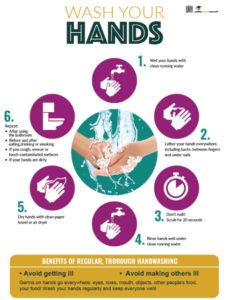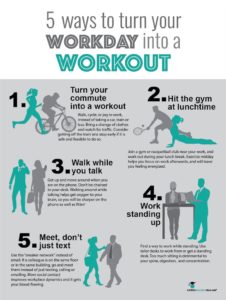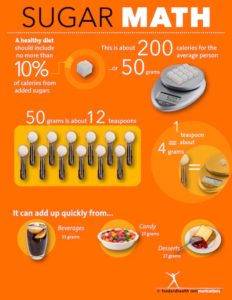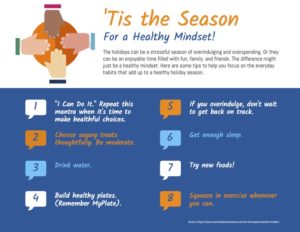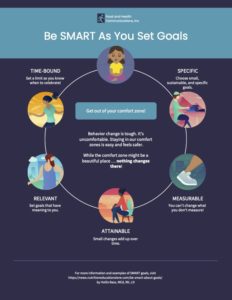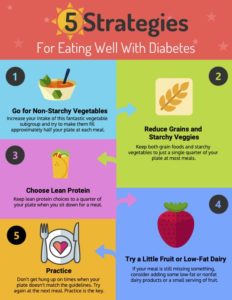Losing weight has to be one of the most common New Year’s resolutions. Unfortunately, it’s one that most people fail to achieve.
Often, companies, friends, or co-workers set up the biggest-loser type of weight loss competition, thinking this will help. But unrealistic expectations combined with vague goals of losing a certain number of pounds result in unsustainable weight loss or simply giving up.
If you have clients or employees who want to lose weight, steer them in the right direction with our 10% Weight Loss poster. Instead of the biggest loser competition, encourage them to set a reasonable goal to lose 5-10% of their body weight. The 12 Lessons of Wellness and Weight Loss can be a great program to keep them on track all year. Best of all you can use the code NYEAR to get 15% off all products through the end of November.
Here are some ideas to get them started:
- Help people calculate how many pounds they need to lose to achieve a minor weight loss of up to 10%.
- Emphasize the many health benefits of modest weight loss.
- Remind them that even if they want to lose more, up to 10% is an excellent first step.
- Ask them to write down why they want to lose weight and refer to this whenever they get discouraged.
Everyone wins with a 10% weight loss!
Hollis Bass, MEd, RD, LD





